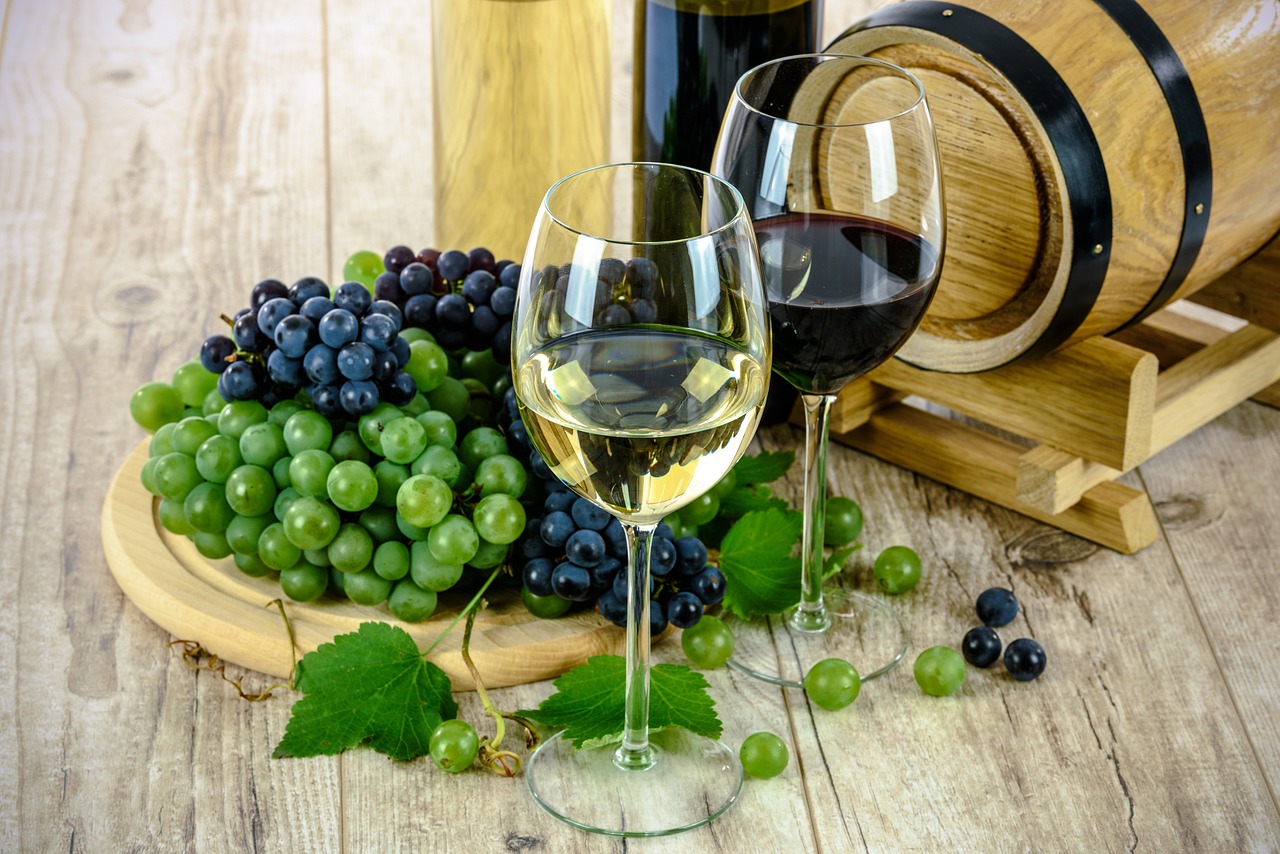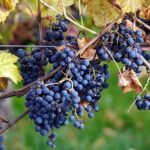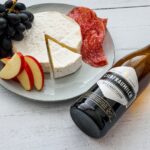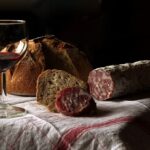
Germany’s wine landscape is as complex as it is captivating, with a history as deep and varied as the soils that nurture its vines. With an emphasis on quality, tradition, and a touch of innovation, German wines offer a tapestry of flavors that beckon wine lovers to explore further. This guide will lead you through the vineyards of Germany, from the steep slopes of the Mosel to the rolling hills of the Pfalz, unfolding the story of each grape, each region, and each bottle.
The German Wine Regions
The heart of German wine culture lies within its 13 wine regions, each with its own distinct climate, soil, and wine styles.
- Mosel – Known for its steep, slate slopes and its delicate, aromatic Riesling.
- Rheingau – Home to historic vineyards and some of the most prestigious Riesling wines.
- Pfalz – With a warmer climate, it produces powerful Riesling and velvety Spätburgunder.
- Baden – The warmest German wine region, it is renowned for its full-bodied Spätburgunder.
- Franken – Recognizable for its Silvaner grape and distinctive Bocksbeutel bottle shape.
- Nahe – Offers a diverse array of mineral-rich wines from Riesling to Müller-Thurgau.
- Rheinhessen – The largest wine region in Germany, it’s a hub for innovative winemakers.
- Württemberg – Dominated by red wine varieties, especially Trollinger and Lemberger.
- Ahr – A small but mighty region specializing in Spätburgunder (Pinot Noir).
- Sachsen – One of the smallest and easternmost regions, known for its fragrant whites.
- Saale-Unstrut – A region characterized by dry, crisp wines and a long winemaking heritage.
- Hessische Bergstraße – A tiny region producing aromatic Riesling and delicate reds.
- Mittelrhein – With terraced vineyards, it’s famous for Riesling with pronounced minerality.
Understanding German Wine Labels
German wine labels can be daunting, but they’re rich with information. Here’s what to look for:
- Quality Category: Look for “Qualitätswein” or “Prädikatswein” which indicates a wine of quality.
- Prädikat Level: Indicates the ripeness of the grapes at harvest. From Kabinett (light and elegant) to Trockenbeerenauslese (rich and sweet).
- Region: The specific region where the grapes were grown.
- Varietal: The type of grape used, with Riesling and Spätburgunder being among the most common.
- Vintage: The year the grapes were harvested.
- Producer: The winery or vineyard that produced the wine.
Grape Varieties: The Stars of the Show
German wine is dominated by a few key grape varieties, each bringing a unique expression to the table.
- Riesling: Germany’s flagship grape, capable of a wide range of styles from bone-dry to lusciously sweet.
- Spätburgunder: Known internationally as Pinot Noir, it’s gaining acclaim for its elegance and depth.
- Müller-Thurgau: A cross of Riesling and Madeleine Royale, it offers a more approachable, early-drinking style.
- Silvaner: Offers a more earthy and full-bodied alternative to Riesling.
- Gewürztraminer: Aromatic and spicy, with a flamboyant character.
- Dornfelder: A red grape that provides deeply colored, fruit-forward wines.
The Riesling Renaissance
Riesling is experiencing a renaissance, shedding its reputation for being overly sweet. Today’s German Rieslings balance acidity and sugar with precision, often with a focus on dry styles (“Trocken”). The versatility of Riesling allows it to express the terroir of each region, from the crisp, apple notes of the Mosel to the peach and apricot tones of the Rheingau.
Spätburgunder: Germany’s Answer to Pinot Noir
German Pinot Noir, or Spätburgunder, has been turning heads on the international stage. Regions like Baden and the Ahr are producing Spätburgunders with a balance of fruit, earthiness, and elegance that can rival their Burgundian counterparts. Aging in German oak adds a subtle, local twist to the flavor profile.
Sweet, Sparkling, and Beyond
Germany is not just about still wines. Sekt, the German sparkling wine, can be a delightful discovery, made in both white and rosé from grapes like Riesling, Pinot Blanc, and even Spätburgunder. And for those with a sweet tooth, the noble sweet wines such as Beerenauslese and Trockenbeerenauslese are unparalleled, with their complex interplay of sweetness and acidity.
Harvest and Winemaking: Tradition Meets Technology
Harvesting on the steep slopes of regions like the Mosel often requires manual labor, a tradition that has persisted for centuries. However, German winemakers are also at the forefront of winemaking technology, carefully controlling fermentation temperatures and using modern techniques to ensure the highest quality.
Organic and Biodynamic: A Sustainable Future
The trend towards organic and biodynamic practices is strong in Germany, with many winemakers believing that the best wines are created by working with nature, not against it. This philosophy is not only better for the environment but also often results in wines with greater depth and character.
Food Pairings: A Culinary Delight
German wines are incredibly food-friendly. The classic pairing of Riesling with spicy Asian cuisine is just the start. Try a dry Riesling with fresh seafood, a Silvaner with pork dishes, or a Dornfelder with a hearty stew. The high acidity and balanced fruit of German wines make them versatile partners at the table.
Wine Tourism: Experience the Vineyards
Visiting Germany’s wine regions is a treat for the senses. Many wineries offer tours and tastings, and there are numerous wine festivals throughout the year. Walking the vineyard paths, such as the Moselsteig trail, offers breathtaking views and a direct connection to the land where these wines are born.
Collecting and Aging German Wines
Some German wines, particularly Rieslings with higher Prädikat levels, are well-suited for aging. They can develop complex flavors over time, becoming more refined and integrated. When collecting, look for well-stored bottles from reputable producers and vintages.
Where to Buy German Wines
German wines are widely available across the globe. Specialist wine merchants and online retailers often have a diverse selection. Don’t shy away from asking for recommendations to discover some hidden gems.
German wine is a world waiting to be explored. With each sip, you can experience the history, culture, and passion that go into every bottle. Whether you’re a seasoned oenophile or a curious beginner, German wines offer a diverse palette of flavors and styles to satisfy every palate.
As the interest in German wines continues to grow, there has never been a better time to delve into this fascinating part of the wine world. Prost to your German wine adventure!
By navigating through this German Wine Guide, you will be well-equipped to choose a bottle that delights your senses and perhaps even transports you to the picturesque hills and rivers where these grapes thrive. From the noble Riesling to the robust Spätburgunder, German wines are a testament to the country’s rich viticultural heritage and a beacon for its bright future in the world of fine wines.
Related articles:
German Wine
Liebfraumilch Wine
German Wine Label Guide
Spätburgunder: Germany’s Answer to Pinot Noir
History of German Wine
Roots of German Winemaking
German Riesling
German Wines







